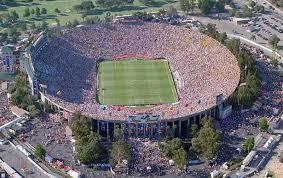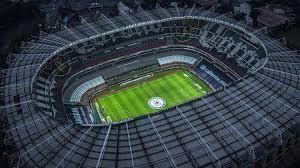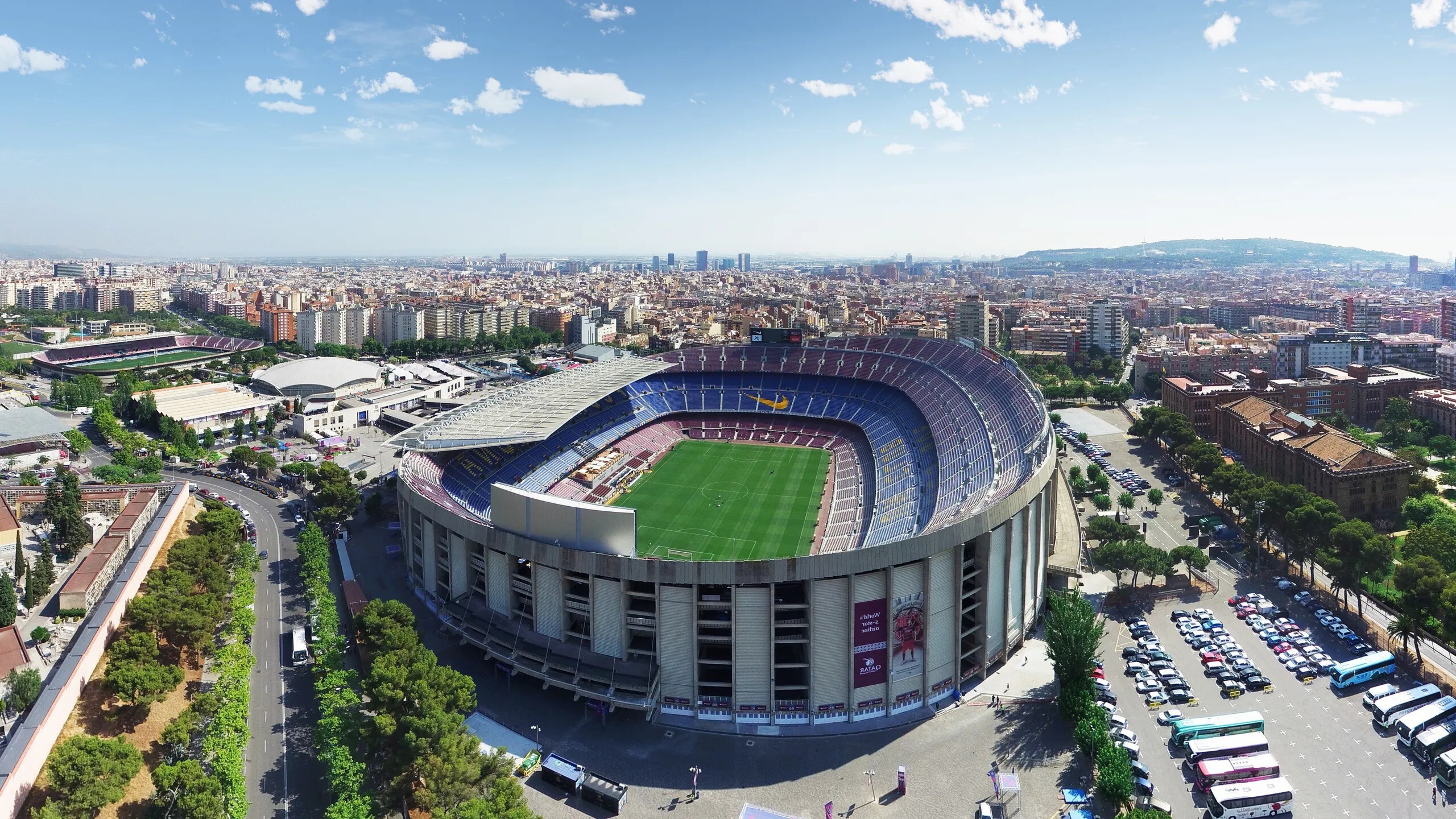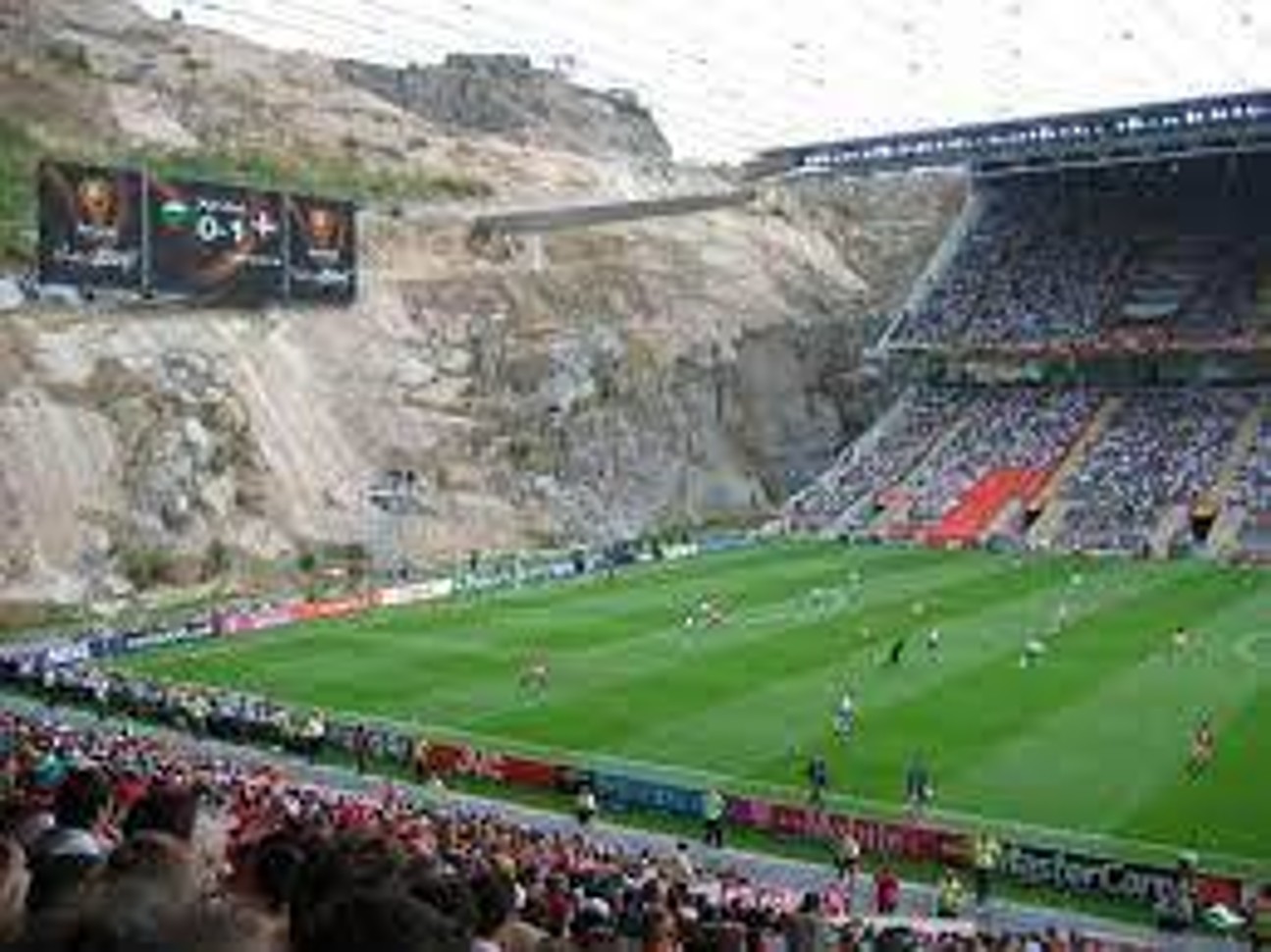Biggest Football Stadiums in the World are not just places to watch a game; they are monumental structures that define the sport’s grandeur. These venues stand as the ultimate stage for legendary matches where fans experience the intensity of football.
Let’s explore the top 10 largest football stadiums that have shaped the football world.
1. Rungrado 1st of May Stadium, Pyongyang, North Korea
Rungrado 1st of May Stadium holds the title of the largest football stadium in the world. It seats an astonishing 114,000 spectators. Notably this stadium has hosted a variety of events from international football matches to mass games showcasing the unity of its people. Furthermore, it remains one of the most iconic landmarks in North Korea.

2. Michigan Stadium, Ann Arbor, USA
Known as “The Big House” Michigan Stadium accommodates 107,601 fans. While primarily used for American football it has hosted international football matches including friendlies and remains one of the largest sporting venues worldwide. Its vast expanse creates an electrifying atmosphere with fans contributing to its legendary status.

3. Melbourne Cricket Ground (MCG), Melbourne, Australia
Although MCG is traditionally known for cricket, it can hold up to 100,024 spectators for football matches. Over the years, it has become a central hub for large-scale events, attracting football fans from around the world. The stadium’s rich history in hosting international games has cemented its place as a must-visit venue.

4. Camp Nou, Barcelona, Spain
As the home of FC Barcelona Camp Nou is synonymous with football greatness. With a capacity of 99,354, it stands as one of the largest football stadiums in Europe. Each match here is an unforgettable spectacle filled with passion and a rich history of triumphs.

5. FNB Stadium (Soccer City) Johannesburg, South Africa
FNB Stadium, or Soccer City, seats 94,736 and is Africa’s largest stadium. Its significance rose during the 2010 FIFA World Cup, where it hosted the final. Today, it continues to draw fans for local and international fixtures, reflecting South Africa’s football culture.

6. Rose Bowl, Pasadena, USA
The Rose Bowl has a seating capacity of 92,542 and remains one of the most recognized stadiums in the world. Known for hosting high-profile World Cup matches and other major football events, the Rose Bowl stands as a testament to the sport’s global reach.

7. Wembley Stadium, London, England
With a capacity of 90,000, Wembley Stadium is a historic venue in English football. It is the site of the FA Cup Final and numerous international matches. Its modern architecture and electric atmosphere make it an iconic destination for football lovers.

8. Gelora Bung Karno Stadium, Jakarta, Indonesia
Seating 88,306, Gelora Bung Karno Stadium is Indonesia’s largest football venue. Located in Jakarta, it plays host to major tournaments including the Southeast Asian Games and has become a key part of the region’s football heritage.

9. Estadio Azteca, Mexico City, Mexico
Estadio Azteca, with a capacity of 87,523 is a stadium rich in history. It has hosted two FIFA World Cup finals making it one of the most famous football stadiums worldwide. Its legacy continues as it remains a hub for major football events.

10. Bukit Jalil National Stadium, Kuala Lumpur, Malaysia
Located in Kuala Lumpur Bukit Jalil National Stadium seats 87,411 spectators. This stadium is known for hosting various international football events including the AFF Suzuki Cup and provides an electric atmosphere for both local and global fans.

Conclusion
The biggest football stadiums in the world are more than just massive venues. They are symbols of football’s power to unite fans and players from across the globe. These iconic stadiums not only serve as the backdrop for legendary games but also represent the spirit and passion that the sport inspires. For any football fan visiting these stadiums is a bucket-list experience.




